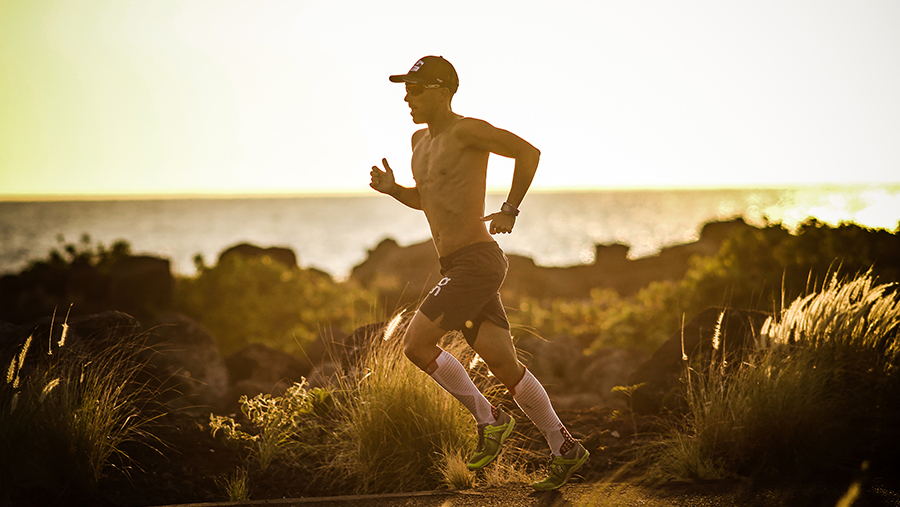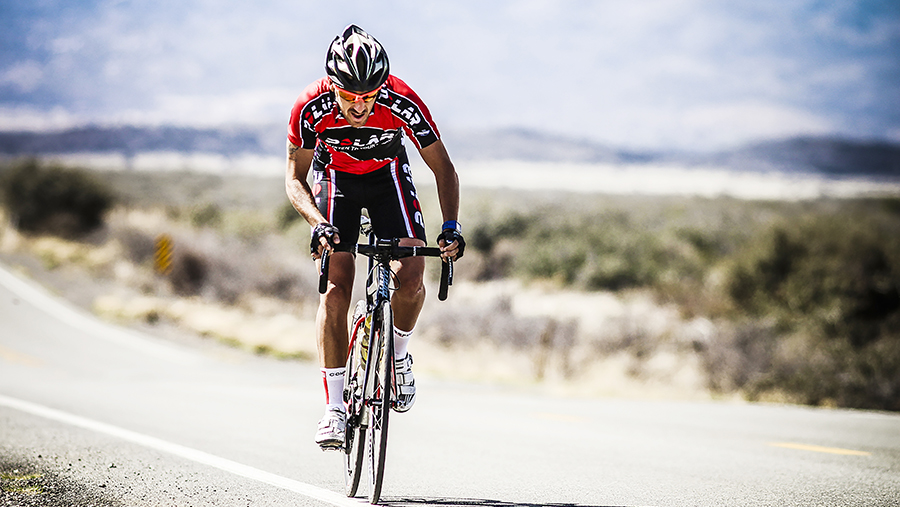Having lived in Phoenix, Arizona, for the past three years and recently being in the Middle East, I have had my fair share of training/living in the heat. And while we all are affected by the heat differently, there is some information I’ve gathered that could help you deal with the heat better and maybe even take the benefits of extended periods of exposure to it.
The benefits
There have been numerous different studies regarding training in the heat, one that got a lot of attention, showed a 5% jump in VO2max when measured in cool conditions and after 10-day exposure to heat (University of Oregon study on cyclists, 2010) that seemly proved there was some benefit to it but no real follow up was made as if that protocol was ever adopted.
In 2012, they put elite rowers through a 5 day protocol at 40 degrees Celsius and 60% humidity – something that you will likely get exposed more often in the Middle East than in Arizona where humidity is usually very low – and they got a 1,5% improvement on their 2K rowing performance (study: https://www.ncbi.nlm.nih.gov/pubmed/21915701). The improvement here seemed to be a result of their body reacting to heat stress by producing more plasma, something that they had also monitored on the Oregon, 2010, test. This same study seemed to point out as moderate dehydration to be a key factor to promote this amp up on plasma production. As a FYI, higher plasma volume leads to better cardiovascular fitness, just like higher blood cell count would if you undergo an altitude training protocol.

While it seems like there’s research to back up actual benefits out of training in the heat, the consensus is that training in the heat will indeed help you massively if you are preparing for a hot weather race. Yet, dehydration is something you should never force upon yourself and training in the heat requires extra attention to it. On all these studies, athletes were doing relatively short workouts (90-100 minutes max) and some relatively light, and knowing how we triathletes think, going for a 5-hour ride with only one bottle is always a bad idea.
Fluid needs
This is something very specific to each individual as we don’t all handle the heat the same way. Always think of heat as extra stress applied to the body and every time you are exposed to it, your body has to spend extra energy and water cooling off the core temperature.
How much fluid (and minerals) you lose per hour of effort also depends on how hard you are going – the harder you go, the more heat you generate added to the external one. Here is a general idea of what is average, for average conditions:
• Harder, shorter efforts, the average person would be able to handle about 15oz/450ml of fluid per hour and 300mg of sodium;
• Longer, more mellow efforts, you could aim for 30oz/800ml of fluid per hour and 600mg of sodium.
Why more fluid+sodium when you go slower? Well, it’s all about how long you actually go and how much stress you can handle. It’s very unlikely that you keep up with 100% of your fluid losses (ever!), but the harder the effort, the harder time your body has processing fluid in your stomach. Harder intervals/races, add more stress to the body and you do have a ‘stress budget’ that you need to juggle. So, longer and slower intervals, you could tolerate more fluid and more sodium because you are applying less stress through intensity and you will likely be exercising for much longer (meaning you will be in deficit for a longer period). This values for fluid and sodium go up quite a bit if you are training/racing in a hot environment and that’s why you train your gut to tolerate the amount of fluid and sodium you will need to ingest to keep up with the loses. As a rule of thumb, you should always think that is very, very unlikely that you overdo fluid intake, unless you drink a gallon at a time. Even then, it may take your body a while to process it but it’s still unlikely you overdo. It’s likely tho that your gut can’t handle too much, to begin with but the more you practice (in training), the better you get at it, the less dehydrated you get and, ultimately, the better you perform. If you want to know exactly how much sodium or fluid you need, I’d strongly encourage you to do a sweat test with your coach or at a nearby facility. As a coach myself, and following the QT2 Systems guidelines, we would do it in a form of a 1hr bike hard(ish) test.

The tricks
There are a few tricks you may adopt if you are going to expose yourself to heat training that will help you tolerate it better. First off, be aware that it takes days (likely 8-10) to acclimate to any massive weather change so if you are going to race in hot weather like IM Kona or IM Texas, either you start preparing for it in advance or you get to the race venue with at least 10 days to work with before you have to go hard. Some examples on how to prepare at home (if it’s cold): shutting down the fan on the trainer, doing your easy sessions with a bunch of layers of clothing even if it’s not too cold outside, exposing yourself to sauna, etc.
If you are not going to race but you will join a training camp or period in hot weather conditions, give yourself a little time before you go zone-all-out on the workouts. Use your heart rate monitor to track your efforts, and you may observe a 5-10 beat drift out of the normal zones (higher that is). Perceived effort will also feel harder so never look at pace or it will drive you nuts. Pace is actually the worse metric you can use under the extreme hot conditions (see example below).
Re-enforcing: use your heart rate monitor at all times if you are going to run under extreme heat – it not only will help you control the effort as it may well help you.. stay alive. No joke.
When trying to keep up with hydration it’s quite hard to keep up with the amount of fluids you lose under extreme conditions – even more if you are running – so always get a head start and re-hydrate post workout. Keep in mind that plain water is likely not the best to make up for deficits as it has zero electrolytes. By drinking just water you may actually be diluting the current concentration of those electrolyte on your blood stream which will force your body to flush out water – to maintain proper concentration – instead of keeping it. Pairing that plain water with a high electrolyte drink or tablet such as Nuun, will be a better way to make up for any deficit. Sports drink is still the best option since most have a good concentration of electrolytes already in it and the sugar will help effort (if you are exercising). Needless to say, you may even use sports drink for the post-workout re-hydration phase but eventually cut it down as sitting on the couch, once done, doesn’t require much carbohydrates.
Lastly, I know you as a cyclist or a triathlete, will love that coffee at the end of the workout. If you feel dehydrated, pair it or opt for a 100% Orange Juice. I could go for another page about this, so I guess you will just have to trust me here. I know that coke will sound amazing as well, but also keep it mind it has zero electrolytes and (if it’s the regular one) too much simple sugar than you don’t exactly need. ■

